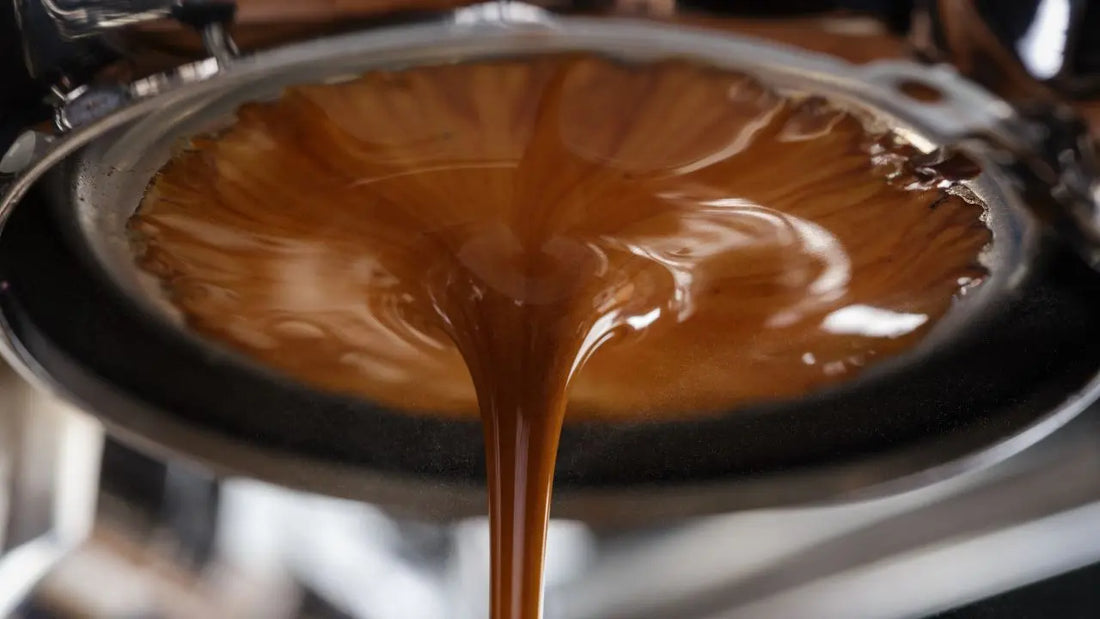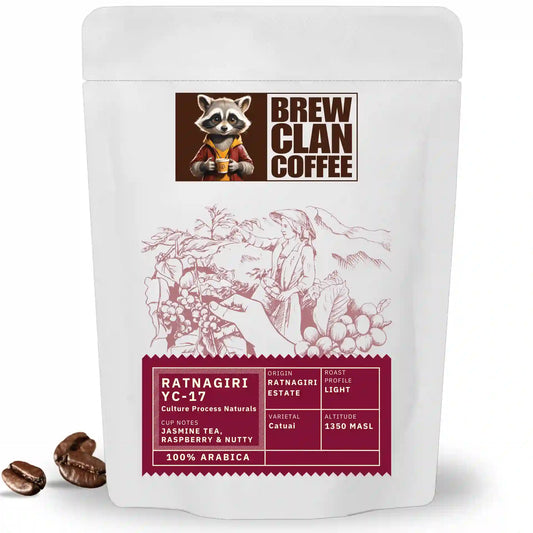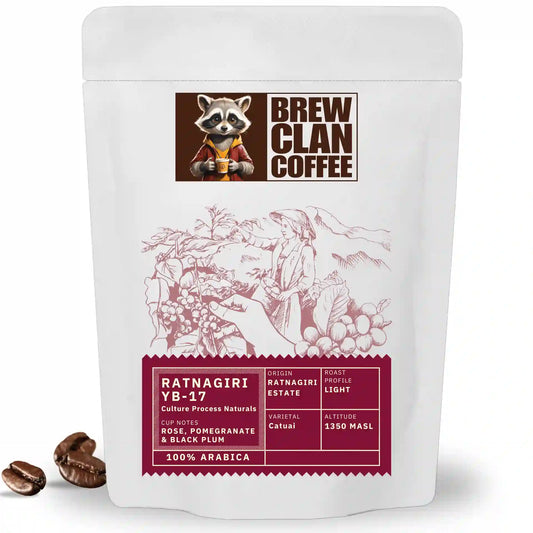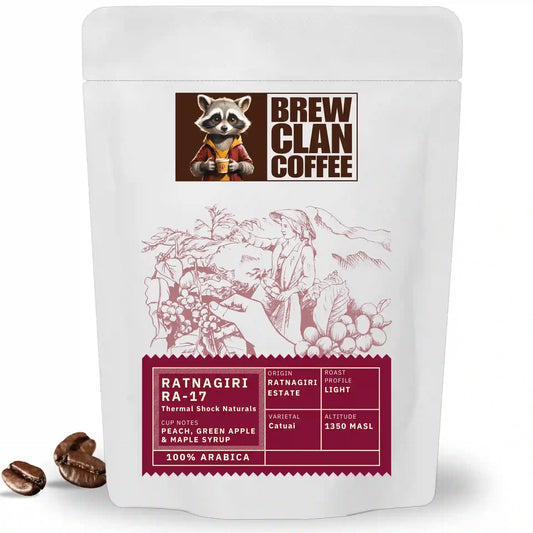
Mastering Pressure Profiling in Espresso Extraction
Share
Ever wondered how adjusting pressure during espresso extraction can unlock a symphony of flavors in your cup?
Picture this. You’re standing in your kitchen, early morning, still half-dreaming. You load your portafilter, tamp carefully, start the shot—and wait. The familiar hum begins. But this time, you’re not just brewing.
You’re conducting. Like a maestro guiding an orchestra, you’re in control of how the water meets the coffee. Gently at first, then with intensity, and finally, a soft finish. Welcome to the world of pressure profiling.
If you’re a specialty coffee enthusiast who’s already experimenting with grind size, yield, and dose, it might be time to take the next step: shaping your shots with pressure, not just precision.
Let’s start with the basics. Pressure profiling is the practice of varying water pressure during espresso extraction to influence how the coffee extracts — and ultimately, how it tastes.
For years, the “standard” 9-bar espresso was gospel. But as espresso technology evolved and baristas began chasing more expressive, nuanced cups, pressure became more than a number — it became a tool. Today, modern machines (and even some crafty home setups) allow us to modulate pressure across the extraction curve.
So, why does it matter?
- Flavor Clarity & Complexity: Different compounds extract at different pressures. Varying pressure lets you tease out more vibrant, layered flavors.
- Control Over Extraction: It can reduce channeling and help avoid the bitterness of over-extraction or the sourness of under-extraction.
- Bean Adaptability: Light roasts and delicate origins (like Ethiopians) can benefit from gentle profiling; darker roasts prefer bolder, quicker punches.
Pressure profiling, in short, turns your espresso from a routine into an exploration.
The Three Phases of Pressure Profiling
Pressure profiling isn’t random — it unfolds in acts, like any great story.
1. Pre-Infusion (1–4 bar): The Gentle Hello
The first few seconds of water meeting the coffee puck are crucial. Using low pressure allows the coffee bed to saturate evenly, reducing the risk of channeling (those nasty jets of under-extracted coffee shooting through cracks).
This is your handshake — a gentle greeting that says, “Hey beans, we’re taking this slow.”
2. Ramp-Up (up to 8–9 bar): The Rising Action
This is where the real extraction begins. Gradually increasing to full pressure pulls out oils, acids, sugars, and other delicious compounds. This stage shapes your espresso’s body and balance. Too fast, and you risk uneven extraction. Too slow, and it might taste thin.
Imagine tension building in a movie — this is that moment.
3. Pressure Decline (Ramp-Down): The Gentle Goodbye
As the shot nears its end, reducing pressure slowly can prevent over-extraction of harsh, bitter compounds. It’s the fade-out, the soft outro — wrapping up your flavor story with grace.
Flavor Impacts of Pressure Profiling
So what really happens to flavor as you adjust pressure?
High Pressure (~9 bar and beyond)
- Boosts body, increases bitterness and intensity.
- Best suited for bold espresso blends and darker roasts.
- Think: chocolatey, syrupy shots.
Low Pressure (below 6 bar)
- Enhances acidity and delicate florals.
- Ideal for lighter roasts and fruit-forward origins.
- Think: citrus, tea-like, complex sips.
Dynamic Pressure Profiles
Want the best of both worlds? You can design pressure curves for specific beans:
-
Ethiopian Natural: Start with low pressure for clarity, peak gently, ramp down early.
- Indian Monsooned Malabar: Faster ramp-up, hold at high pressure for a bold, earthy finish.
Every bean is a character. Pressure profiling is your way of letting them speak their truth.
Implementing Pressure Profiling at Home
Don’t own a Slayer or Decent Espresso machine? Don’t worry — you’ve got options.
Equipment Options:
- Manual Lever Machines: Full control, hands-on experience.
- Programmable Machines (e.g. Lelit Bianca, Profitec Pro 800): Pre-set pressure profiles.
- Flow Control Mods (for E61 groups, etc.): Simulate pressure changes by adjusting flow rate.
Techniques:
- Use a stopwatch and scales.
- Track pressure manually (lever tension) or digitally (machine interface).
- Start with a simple 3-stage profile: Pre-infuse (5s at 3 bar) → Extract (20s at 9 bar) → Decline (5s at 4 bar).
Keep a Brew Journal
Log your:
- Bean origin
- Roast level
- Dose & yield
- Pressure stages
- Taste notes
You’re not just brewing — you’re building a personal espresso archive.
Challenges & Troubleshooting
Pressure profiling is poetic, yes — but it’s also temperamental.
Channeling:
Uneven puck prep ruins the best pressure curves. Nail your distribution and tamping.
Over/Under-Extraction:
Bitter? You may be holding high pressure too long. Sour? Not extracting enough under pressure.
Machine Limitations:
Can’t control pressure? Use grind size, dose, and flow restrictors to mimic pressure curves.
You don’t need a lab. You need curiosity, patience, and maybe a few extra pucks for testing.
Conclusion
The beauty of espresso is in its precision — and pressure profiling gives you a whole new lens through which to explore it. It’s not about being perfect.
It’s about finding your voice in the cup. A subtle shift in pressure can turn a good shot into a transcendent one.
So next time you pull a shot, think like a conductor. Listen to the rhythm. Feel the build. And let pressure lead the way.




